Tesla watchers report that the company has shifted to cobalt-free lithium iron phosphate (LFP) batteries for its 3 MWh Megapack energy storage product. The shift to LFP cathode batteries could cut costs and ease demand for supply-constrained nickel-based battery production capacity.
LFP batteries are typically less expensive to produce, but they also are less energy-dense than the nickel-manganese-cobalt (NMC) cells used by Tesla in its electric vehicles.
The Megapack has a maximum energy capacity of 3 MWh per unit, and is designed to require 40% less space and fewer parts than other systems on the market. Reports said that with LFP batteries, the Megapack could see lower production costs, which could be passed on to customers of grid-scale storage technology.
Community solar in St. Louis
Ameren Missouri installed solar panels at a Habitat for Humanity ReStore in St. Louis as part of the utility’s Neighborhood Solar program. Solar panel canopies are under construction at the retail outlet’s parking lot. The array is scheduled to enter service in August.
Aschinger Electric and IBEW Local 1 hired a pre-apprentice electrician from a pool of candidates recommended by Habitat for Humanity. Azimuth Energy also took part in the project.A second Neighborhood Solar installation at Southeast Missouri State University is in the design stages. That location is expected to be in service by early next year.
Early-stage approval for solar array
A local planning board approved a site plan for a proposed 22.9 MW commercial solar energy facility to be built on around 200 acres in Calverton, New York on far eastern Long Island.
The Calverton Solar Center facility was proposed by LI Solar Generation LLC, a joint venture of NextEra Energy Resources and National Grid. It is the fourth commercial solar energy production facility approved by the Town of Riverhead. A fifth is pending before the state. Together they encompass approximately 660 acres of land located near a Long Island Power Authority substation.
The approval is valid for one year covers revised plans and drawings dated that reconfigure the solar array to allow for a greater setback of the on-site collector substation. The proposed collector substation includes structures that are 22 feet tall, as well as 45-foot-tall masts. The height of the proposed structures, proposed to be located just off a roadway, led to push-back from community members and the local planning board.
Sheep may safely graze
Call it a bid to win more baa-in for sheep to be paired with solar arrays. The American Solar Grazing Association said it will collect and analyze data on the economic, agricultural, and environmental impacts of co-locating commercial sheep grazing and beekeeping on photovoltaic sites.
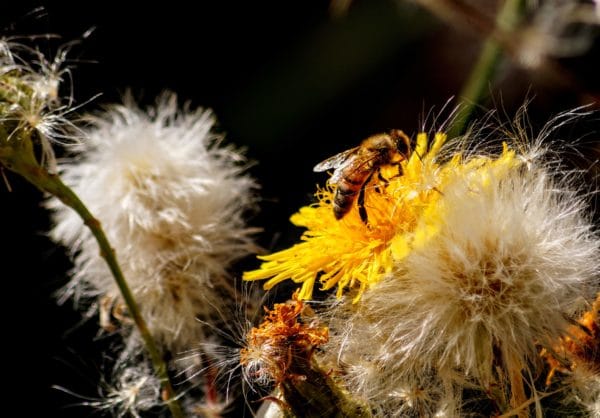
Image: David Wagman
The project is being funded by a $198,000 research grant from the New York State Energy Research & Development Authority (NYSERDA) through its Environmental Research. Data collection and analysis will focus on solar planting mixes, economics of co-location, solar equipment risk, and soil health from 30 existing, ground-mounted solar sites in New York and neighboring states.
Photovoltaic sites owned and operated by Nexamp will be included in the study. The company said it is quadrupling the number of sites that are open to grazing this season. A spokesperson said that compared to conventional vegetation management, sheep are less likely to cause damage to photovoltaic equipment. For the 2021 season, a local farm will graze sheep on two Nexamp solar sites for a combined 40 acres, replacing herbicides and gas-powered mowers. No word on whether Bach will serenade the grazing sheep.
This content is protected by copyright and may not be reused. If you want to cooperate with us and would like to reuse some of our content, please contact: editors@pv-magazine.com.
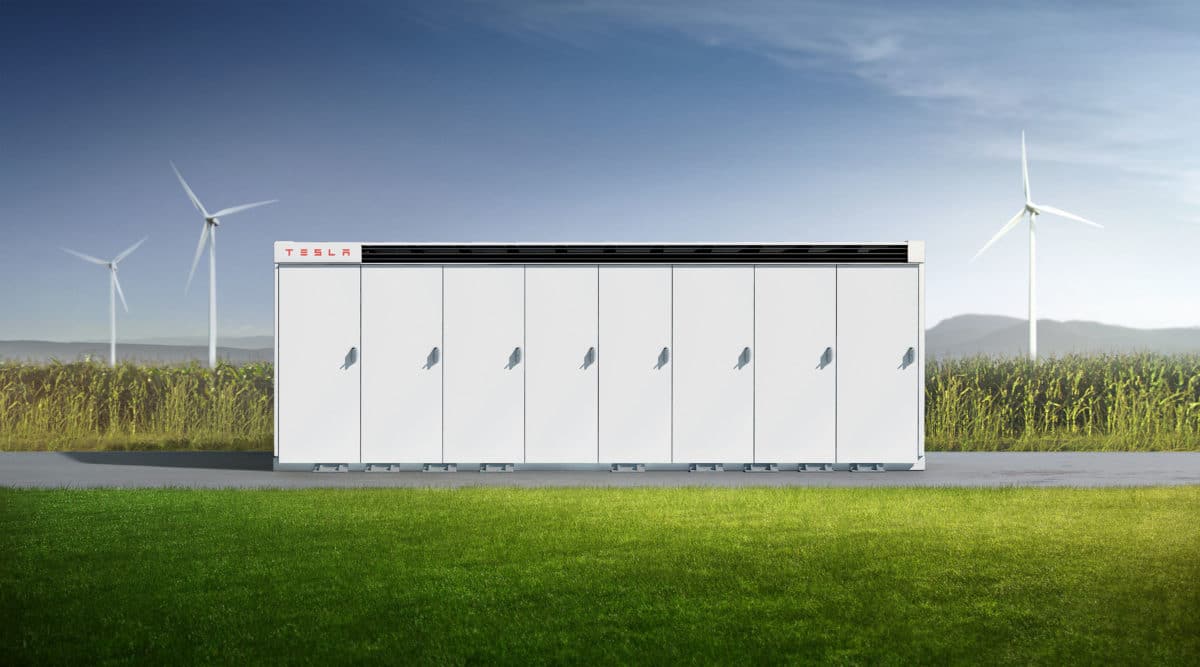
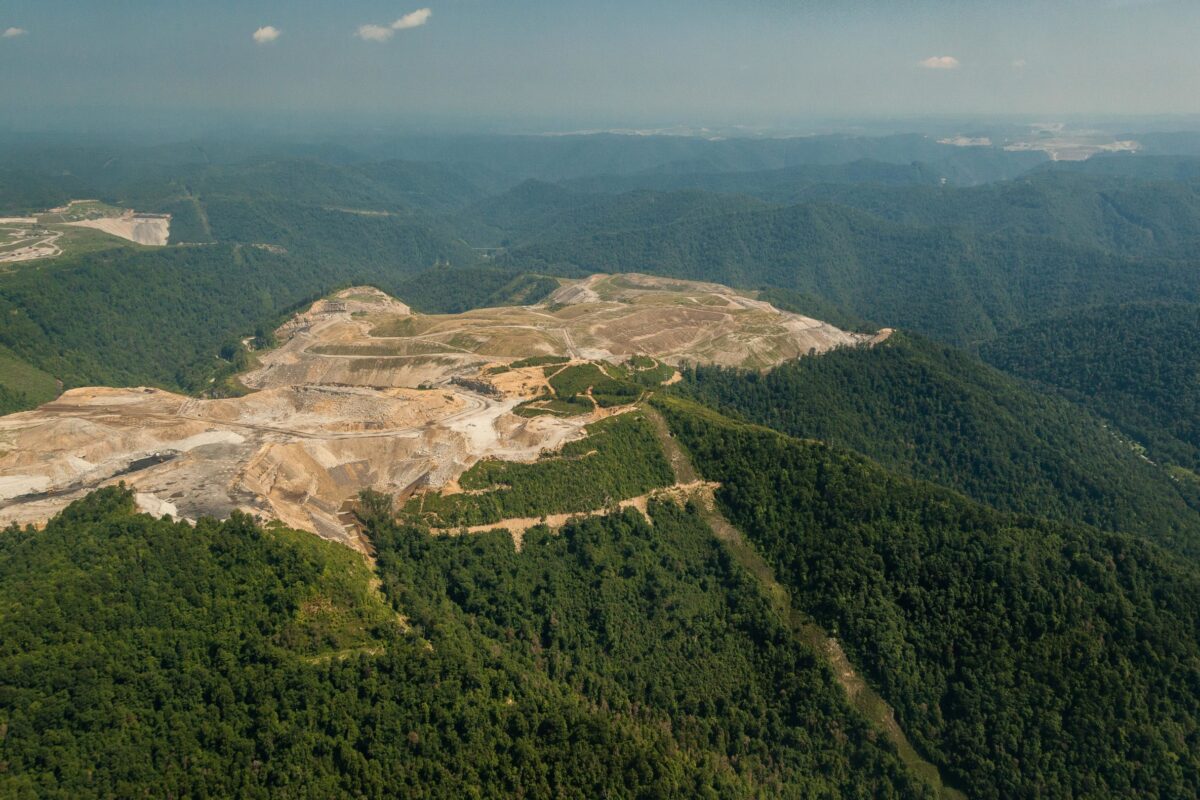




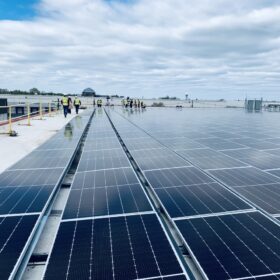

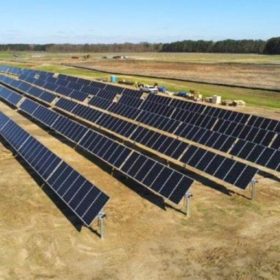
LFP will be a great choice for stationary storage and buses and ships. Even cars with continued improvements.
Tesla does this-n-that… changes Anodes, Cathodes etc… etc… most important issue of Pollution caused by “after (first) life” toxic waste is conveniently forgotten by all…. specially pvmagazine that should be demanding what happens to the waste…. and if there is ANY BENEFIT in these Tesla or other Batteries…
If all that we do is replace Emissions etc…. with Toxic Waste… just like Nuclear Plants…. as President Reagan would have said…. here we go again…
Not sure if pvmagazine is FOR eliminating Pollution or just “business as usual” with a “twist”… a game of mirrors and delusions… and call it Pollution Free Batteries… like many proponents of Nuclear Power (even today) that say… see no emissions…. and cutely ignore the 100,000+ year Radioactive Waste piling up at Nuclear Plants… with nowhere to go…. but down the “throats” of our children and grandchildren and their children and for at least another thousand generations… IS THIS WHAT POLLUTION FREE IS ALL ABOUT…. CHOKE FUTURE GENERATIONS WITH SHORT.. MEDIUM.. LONG TERM WASTE…???